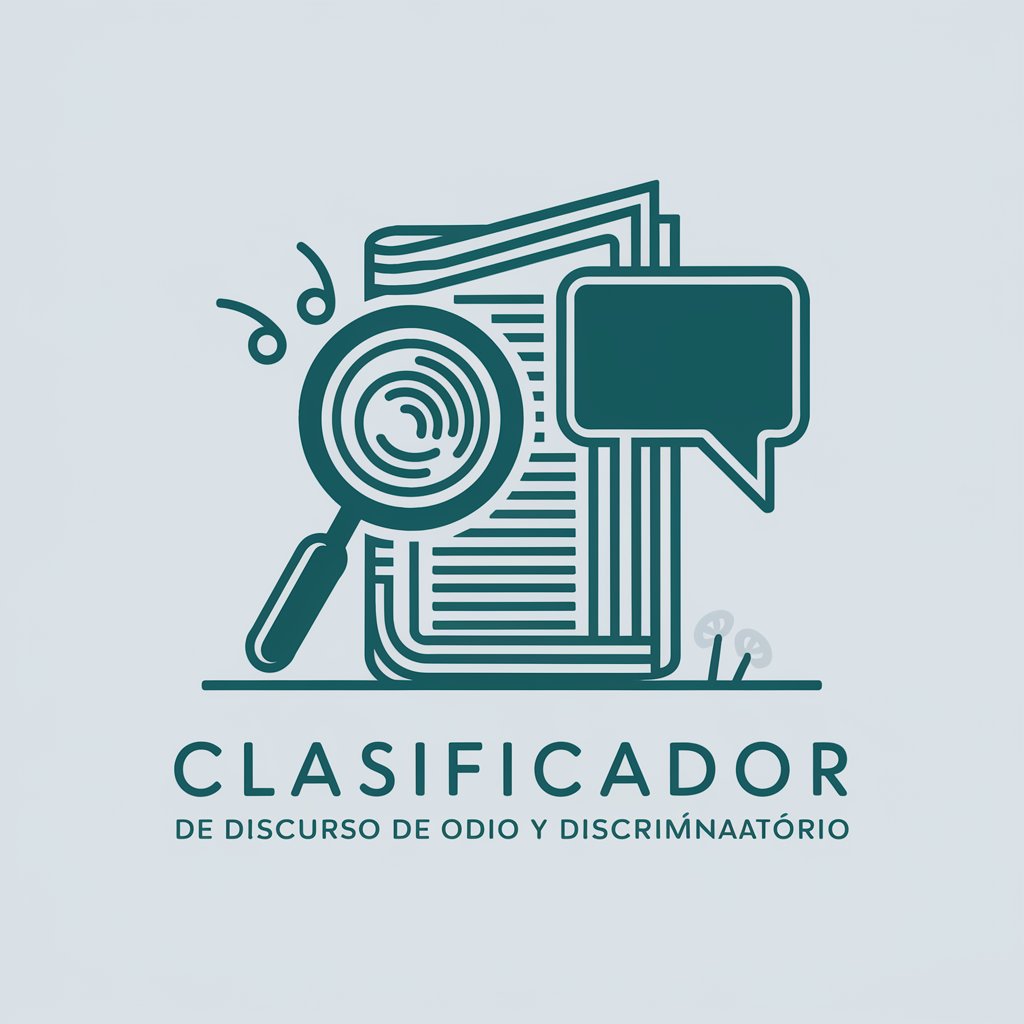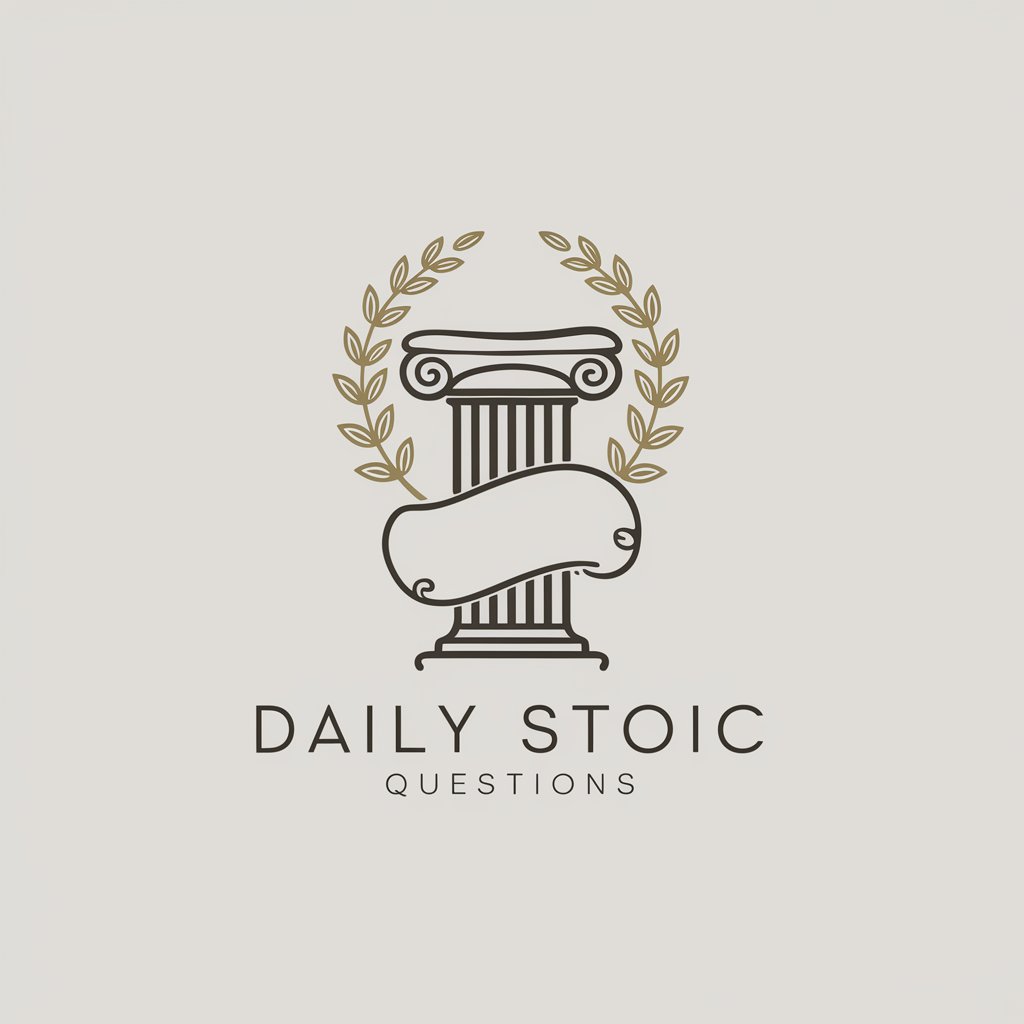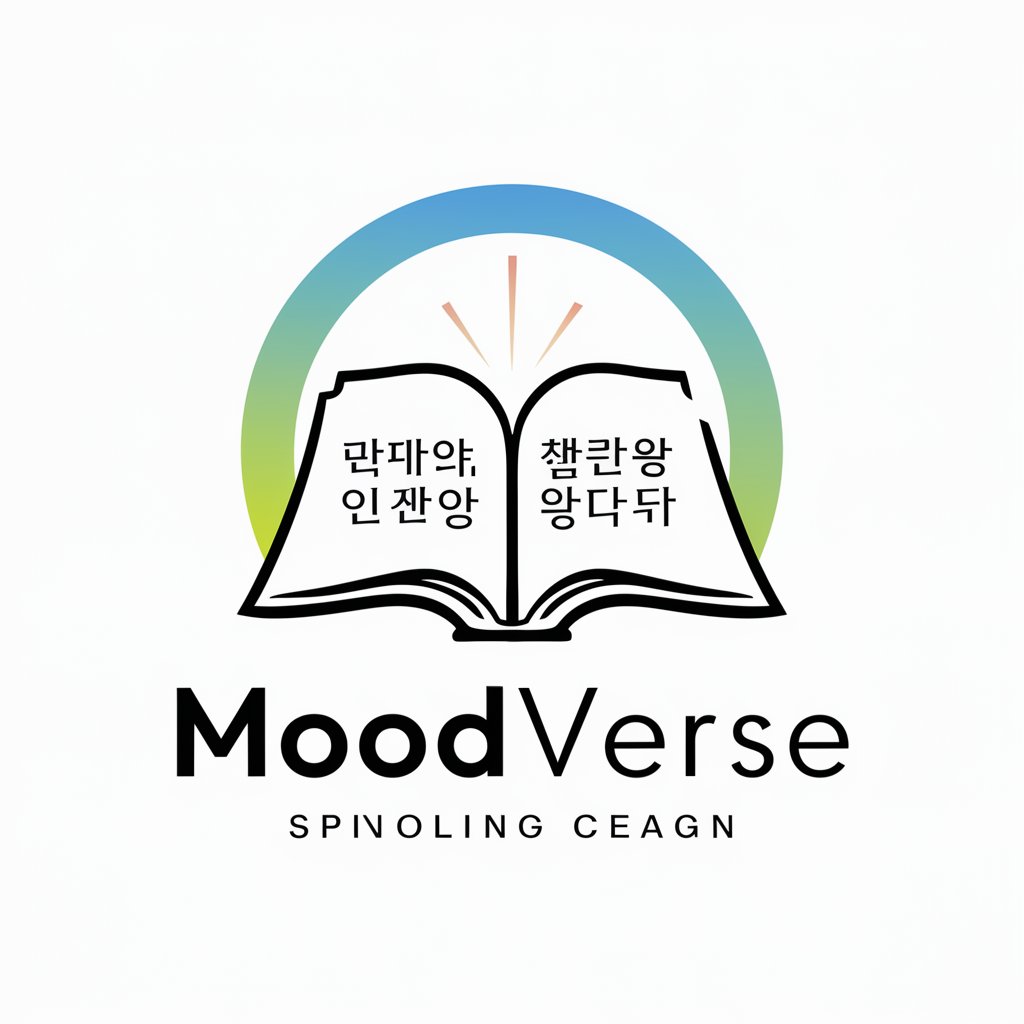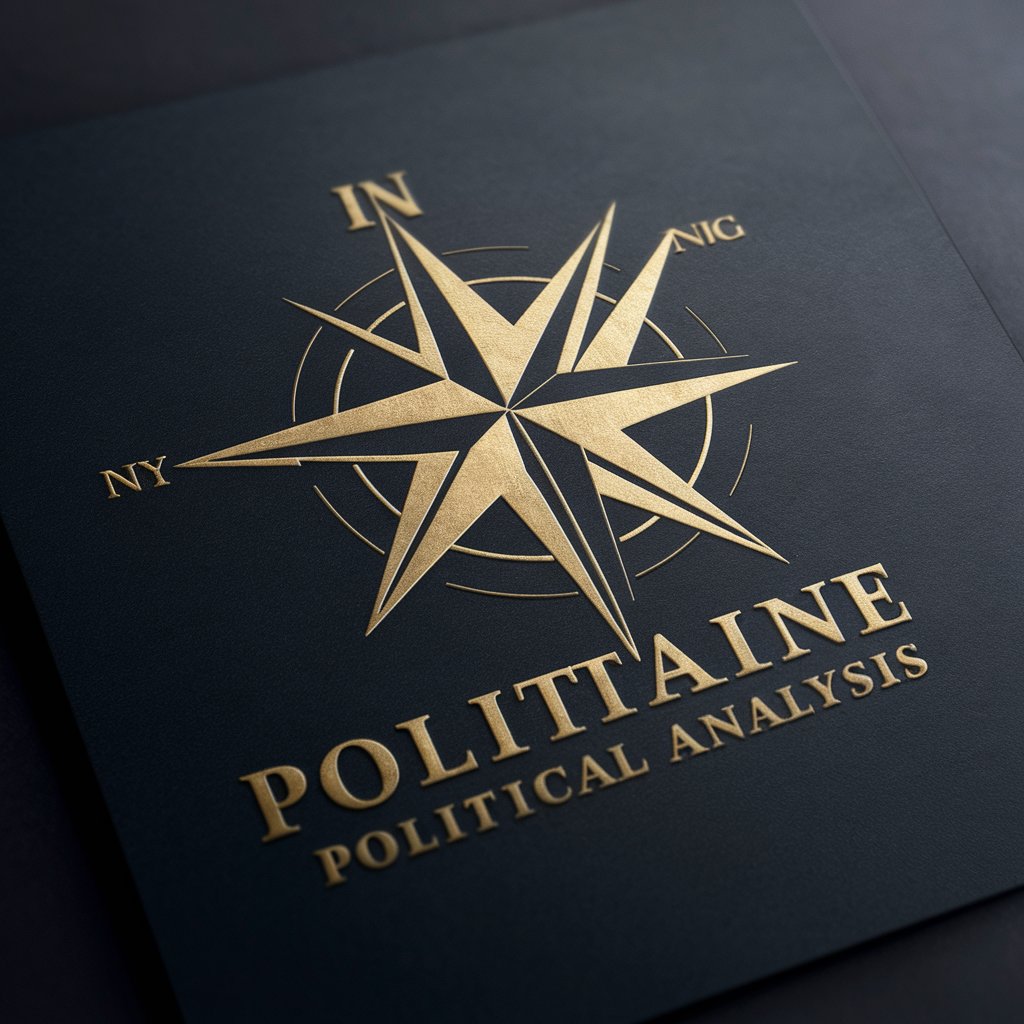Clasificador de discurso de odio y discriminatorio - Hate Speech Identification

Welcome to the Hate Speech Classifier.
AI-powered hate speech detection for safer online spaces
Analyze the tone of this article's headline...
Evaluate the level of exaggeration or distortion in this news content...
Identify instances of hostile language in the following text...
Assess whether the article contains any symbolic references that promote hatred...
Get Embed Code
Introduction to Clasificador de discurso de odio y discriminatorio
The Clasificador de discurso de odio y discriminatorio (Hate Speech and Discriminatory Content Classifier) is a specialized tool designed to analyze press articles related to Venezuelan immigration in Chile and Peru, evaluating them for instances of hate speech and discriminatory content. It operates by scrutinizing the bias and intentionality behind the 'Title' and 'Content' of articles, rather than the factual events described. Utilizing categories of hate speech based on a Turkish study, the classifier assigns scores across six categories: 'Exaggeration/Attribution/Distortion', 'Insult/Defamation', 'Discourse of Enmity/War', 'Symbolization', 'Gender/LGBTI Attack', and 'No Hate Speech/Discriminatory Content', reflecting the likelihood of the article fitting these categories. Examples of application include assessing articles for negative generalizations, insults towards communities, hostile expressions, identity-based hate, and gender or sexuality-based attacks, with detailed explanations and recommendations for neutral, precise headlines if hate speech is detected. Powered by ChatGPT-4o。

Main Functions of Clasificador de discurso de odio y discriminatorio
Analysis and Scoring
Example
For an article with the title 'Enough with Syrian kids', the system would likely assign high scores in 'Exaggeration/Attribution/Distortion' due to negative generalization about Syrian children, offering a detailed explanation of the scoring rationale based on specific phrases and suggesting a more neutral headline like 'Addressing challenges faced by Syrian children in local communities'.
Scenario
When a news outlet publishes an article on Venezuelan immigrants that might contain biased language, the classifier can assess the content, provide scores across the hate speech categories, and suggest improvements to mitigate discriminatory tones.
Detailed Explanation and Recommendations
Example
If an article uses hostile language towards LGBTI individuals, the classifier not only assigns scores but also provides a paragraph explaining why the scores were given, citing specific offensive terms used, and recommends a headline that respects gender diversity.
Scenario
In reviewing an op-ed that subtly insults a community, the classifier elucidates the subtleties of the language that could be interpreted as discriminatory, helping editors understand the nuances of hate speech and how to avoid it.
Ideal Users of Clasificador de discurso de odio y discriminatorio Services
News Editors and Journalists
This group benefits from the classifier by ensuring their reporting on sensitive topics such as immigration does not inadvertently contain bias or hate speech, maintaining ethical journalism standards.
Social Media Platforms
They can use the classifier to monitor and review content for hate speech, helping to maintain a safe online environment for users by identifying and addressing harmful content promptly.
NGOs and Human Rights Organizations
Organizations focused on combating discrimination and promoting inclusivity can utilize the tool to identify and document instances of hate speech in the media, supporting their advocacy and educational efforts.
Academic Researchers
Researchers studying hate speech, media bias, or immigration can use the tool to analyze large datasets of news articles, enabling systematic studies of media portrayal of immigrants.

How to Use the Hate Speech and Discriminatory Content Classifier
1
Visit yeschat.ai for a free trial, no login or ChatGPT Plus subscription required.
2
Upload or paste the text content you wish to analyze directly into the tool's interface.
3
Select the specific categories of hate speech you are interested in identifying within your text.
4
Click the 'Analyze' button to begin the classification process. Wait for the tool to process the content.
5
Review the results, which will include detailed scores and explanations for each category of hate speech detected.
Try other advanced and practical GPTs
Connector Data Expert
Powering Connections with AI Insight

Social Impact Startup Investor
Empowering sustainable startups with AI-driven insights.

Personal Designer
Crafting Your Style with AI

Daily Stoic Questions
Reflect Daily, Grow Stoically

Yo
Tailor-made writing assistance powered by AI

Daily Bible
Personalized Bible Verses for Every Mood

Курсова 2й курс толік за що
Empowering Political Science Research with AI

InsurTech MENA-GPT
Powering MENA's InsurTech Innovation with AI

参加型物語作成。あなたが登場人物となり、あなたの選択によって物語の展開が変わります。
Craft Your Adventure with AI

絵文字クリエイター
Transform Portraits into Unique Emoji Avatars

GPT大神六十甲子籤
Empowering decisions with AI-powered divination

Поговорити зі Святим Миколаєм
Bringing Christmas Magic to Life with AI

Frequently Asked Questions about the Hate Speech and Discriminatory Content Classifier
What types of content can the classifier analyze?
The classifier is designed to analyze various types of text content, including news articles, social media posts, and blog entries, for instances of hate speech and discrimination.
How does the classifier determine the presence of hate speech?
It uses advanced AI algorithms trained on a large dataset of labeled examples to identify patterns and markers indicative of hate speech and discriminatory language across different categories.
Can the classifier identify subtle forms of discrimination?
Yes, the tool is capable of detecting both overt and subtle forms of hate speech and discrimination, thanks to its nuanced understanding of language and context.
Is user data kept confidential?
Absolutely. The tool adheres to strict data privacy policies, ensuring that all uploaded content is processed confidentially and securely.
How can users improve the accuracy of the classification?
Users can enhance accuracy by providing context-rich content for analysis and utilizing the tool's feedback mechanism to refine its understanding over time.
